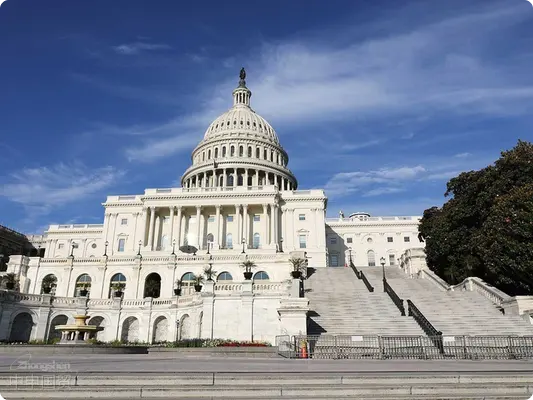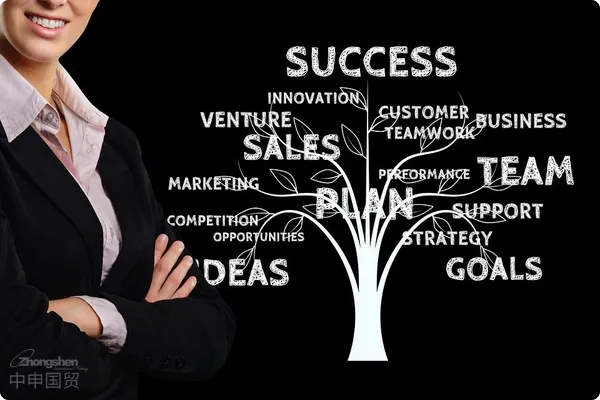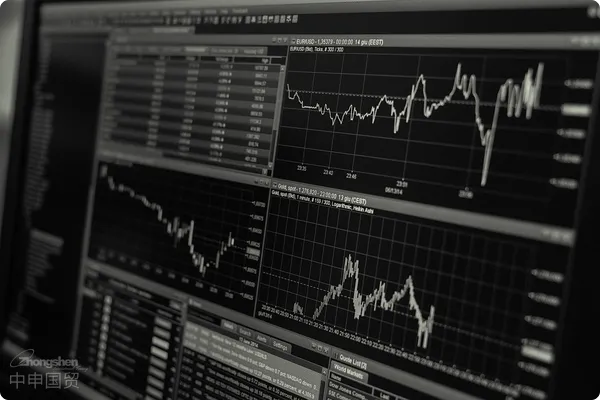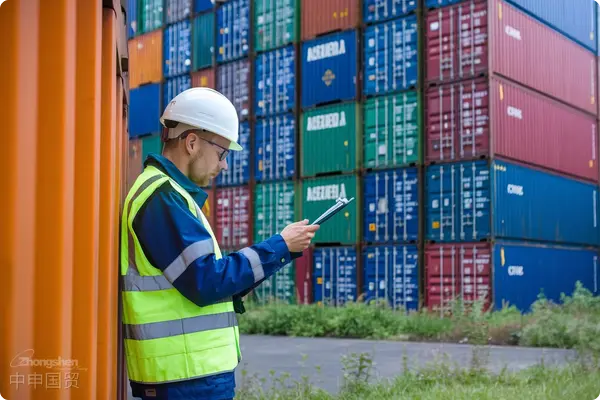- Shanghai Zhongshen International Trade Co., Ltd. - Two decades of trade agency expertise.
- Service Hotline: 139 1787 2118
On the 25th local time, US President - elect Trump said that a 25% tariff would be imposed on all products from Mexico and Canada entering the United States. In addition, Trump also announced that a 10% tariff would be added to all goods imported from China.
Under this measure, no country can stay immune. For the United States, it will directly push up import costs, bring economic pressure to US consumers, and increase the economic burden on low - income families. At the same time, high tariffs will also weaken the industrial competitiveness of Mexico and Canada in fields such as automobiles and agricultural products, leading to a slowdown in economic growth and an increase in unemployment. Under this measure, international trade will also face difficulties such as the reshaping of the global trade pattern, disruptions to the industrial and supply chains, the rise of trade protectionism, and an increase in exchange rate risks. Now lets specifically talk about the impact of this measure on Chinaimport and exportthe impact on trade and the countermeasures of relevant Chinese enterprises.

I. Impact on Chinas Import and Export Trade
The export volume of related industries decreases, affecting the upstream and downstream industrial chains
The additional 10% tariff imposed by the US on Chinese goods will increase the costs of manufacturing products such as furniture and toys exported from China to the US, weaken their price competitiveness, directly lead to a decline in the export volume of relevant Chinese enterprises, and some small - sized enterprises will face survival difficulties, thus affecting the upstream and downstream industrial chains.
The risks and opportunities of industrial transfer co - exist
Some multinational enterprises with factories in China may accelerate the transfer of their industrial chains from China to other Southeast Asian countries or regions due to concerns about the uncertainty of future US trade policies. But at the same time, it also prompts China to accelerate the pace of industrial upgrading and further optimize the industrial structure.
Impact on raw material supply and costs
Mexico and Canada are exporters of some important raw materials, such as timber and minerals. After the US increases tariffs, it may lead to changes in the global supply pattern of these raw materials. If Chinese enterprises import relevant raw materials from Mexico and Canada, the costs may rise, thus affecting the production costs and product price competitiveness of related manufacturing industries.
The uncertainty of the trade environment and rules increases
The frequent trade protectionist actions of the US have undermined the international economic and trade rule system represented by the WTO and exacerbated the uncertainty of global trade policies. As the worlds largest goods trading country, China will face further increased trade risks and rule challenges inforeign tradetrade.
II. How Relevant Chinese Enterprises Respond
Diversify market expansion
● Parallel development of deepening existing markets and exploring emerging markets: On the basis of stabilizing traditional markets such as Europe, Japan, and South Korea, actively explore countries and regions along the Belt and Road and other emerging markets, such as Southeast Asia, Africa, and South America, to reduce the enterprises dependence on the single US market.
● Strengthen market research and marketing efforts: Thoroughly study the market demand characteristics, consumption habits, policies and regulations of different countries and regions, and formulate targeted marketing strategies. At the same time, actively participate in various international exhibitions, hold product promotion meetings, etc., to improve the products popularity and influence in the international market.

Optimize products and enhance competitiveness
● Accelerate industrial upgrading and technological innovation: Increase R & D investment, improve the scientific and technological content and added value of products, and develop towards high - end, intelligent, and green directions to resist the price pressure brought by tariff increases with quality and technological advantages.
● Build independent brands and strengthen brand promotion: Pay attention to brand building, improve the brands awareness and reputation in the international market. Increase the products profit margin through brand premium and enhance the products market competitiveness.
Strengthen cost control and management
● Optimize supply chain management: Look for better - quality and more cost - effective raw material suppliers to reduce raw material procurement costs; at the same time, reasonably plan the production layout, improve production efficiency, and reduce waste and losses in the production process.
● Improve operational efficiency and reduce management costs: Strengthen internal enterprise management, optimize business processes, improve operational efficiency, and reduce management costs.
Strengthen risk management and response capabilities
● Pay attention to policy dynamics and strengthen risk early warning: Closely monitor the trade policy changes of the US and other countries, timely understand information such as tariff adjustments and trade barriers, establish and improve a risk early - warning mechanism, and make preparations in advance.
● Flexibly use trade tools and financial means: Reasonably select trade terms to clarify the responsibility for tariff bearing; purchase export credit insurance to reduceA complete export agency agreement should be attached with:risks; use financial tools such as forward foreign exchange transactions and foreign exchange options to lock in exchange rate risks and reduce losses caused by exchange rate fluctuations.

Strengthen cooperation and support each other
● Promote the development of industrial clusters and collaborative innovation: Strengthen cooperation and communication among enterprises in the same industry, form industrial clusters, achieve resource sharing, complementary advantages, and collaborative development. Through joint R & D, joint procurement, and shared logistics, reduce the operating costs and innovation costs of enterprises and enhance the overall competitiveness of the industry.
● Strengthen communication and collaboration with the government, associations, etc.: Actively maintain close communication with government departments and industry associations, reflect the difficulties and problems faced by enterprises, and strive for policy support and guidance. At the same time, with the help of the platforms built by the government and associations, strengthen cooperation and communication with domestic and foreign enterprises, expand market channels, and jointly respond to the challenges brought about by trade frictions.
The US tariff increase brings challenges to Chinese enterprises, but it is also an opportunity to force transformation. On the one hand, enterprises can deepen their cultivation of the huge domestic market, explore countries and regions along the Belt and Road and other emerging markets to diversify risks. On the other hand, enterprises can enhance their added value and competitiveness by strengthening R & D innovation, optimizing products, reducing costs and increasing efficiency, so as to break through the dilemma of tariffs.
Related Recommendations
? 2025. All Rights Reserved. 滬ICP備2023007705號-2  PSB Record: Shanghai No.31011502009912
PSB Record: Shanghai No.31011502009912









